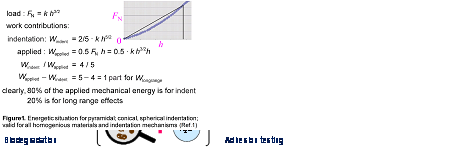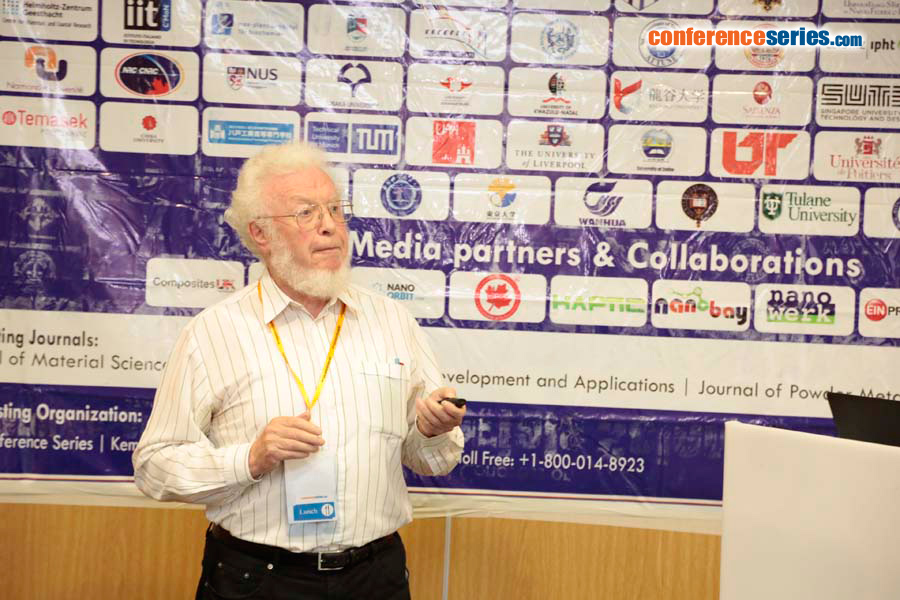
Gerd Kaupp
University of Oldenburg, German
Title: Physics versus non-physical ISO/NIST standards in nano, micro and the numerous macro-techniques are detrimental for daily life: what can be done?
Biography
Biography: Gerd Kaupp
Abstract
Most mechanical properties of materials are deduced from hardness and elastic modulus. The most used and versatile technique for their detection is indentation mostly with pyramidal/conical diamond tips. ISO-14577 defines and iterates hardness (HISO) and elastic modulus (ErISO) with respect to projected contact area (Ahc=const∙hc2) with (nearly) legal character, but without consideration of the energetics involved (Figure 1), which therefore triply violates basic physics. Still applied older indentation techniques such as Vickers, Knoop, Brinell, Rockwell, and Shore hardness are even more empiric and they include at least the same violations. Nevertheless, they are still widely accepted without trying to develop a sound physical foundation. Thus, the normal force (FN) is not proportional with h2, but with h3/2 as physically founded and experimentally confirmed. The dimensional error for hardness and elastic modulus are clearly violating the first energy law, and the wrong exponent also prevents the detection of phase transitions under load, which requires that only loads below the phase transition onset should be used for material’s characterization. While such onsets mostly occur within the 100 µN range, some require the mN and up to >10 N range, where multiple phase transitions generally occur with the additionally risk of macroscopic cracking (for example NaCl to CsCl-type at 4.233 mN followed by CsCl to CrB-type at 2.49 N without cracking). The way for a physical treatment of indentations has been paved with FN=kh3/2 plots since 1990 (k after energy correction factor 0.8 is the material's penetration resistance), but without appreciation from the establishment despite the most serious flaws including the violation of the energy law: The concomitant shear-force work for building up pressure and plasticizing cannot be assumed to be workless created. The pressure has even been used for the elastic modulus determinations. It does not help that the older very high-force techniques rely on the diameters of the impression surface such as Vickers, Knoop, Brinell (they are convertible into the depths), or that Rockwell and Shore measure depths. Problems with cracks (this does not mean cracks upon reloading for fracture toughness) are not reported but different load ranges distinguished and empirical inter-conversion formulas used. The physically valid HPHYS can now be obtained by linear regression of the loading curve's FN=k h3/2 plots (ErPHYS requires additionally stiffness) without the three flaws (Ref. 11), omitting iterations with simplest arithmetic. It is now valid for all types of materials and all instrumental depth sensing techniques. The dilemma of the ISO standards against physics and thus the “legally enforced” calculation of wrong mechanical properties are detrimental, producing very large errors. Liability problems in case of materials failure ensue. Textbooks and instrument software must be rewritten, the ISO-14577, a NIST tutorial, and numerous publications retracted. Instead, the physical correctness must be installed for the sake of daily life security. Examples will be discussed. ISO appears slow in changing its standards for complying with physics. They are asked to release an urgent caveat, telling that ISO-14577 will be subject to redefinitions for physical reasons.



